Automotive history is filled with innovative vehicles that, despite their brilliance, never quite achieved the recognition they deserved. These cars, often ahead of their time, faded into obscurity as the industry moved on. Here, I delve into 12 such forgotten cars whose advanced features set the stage for today’s automotive innovations.
Tucker 48
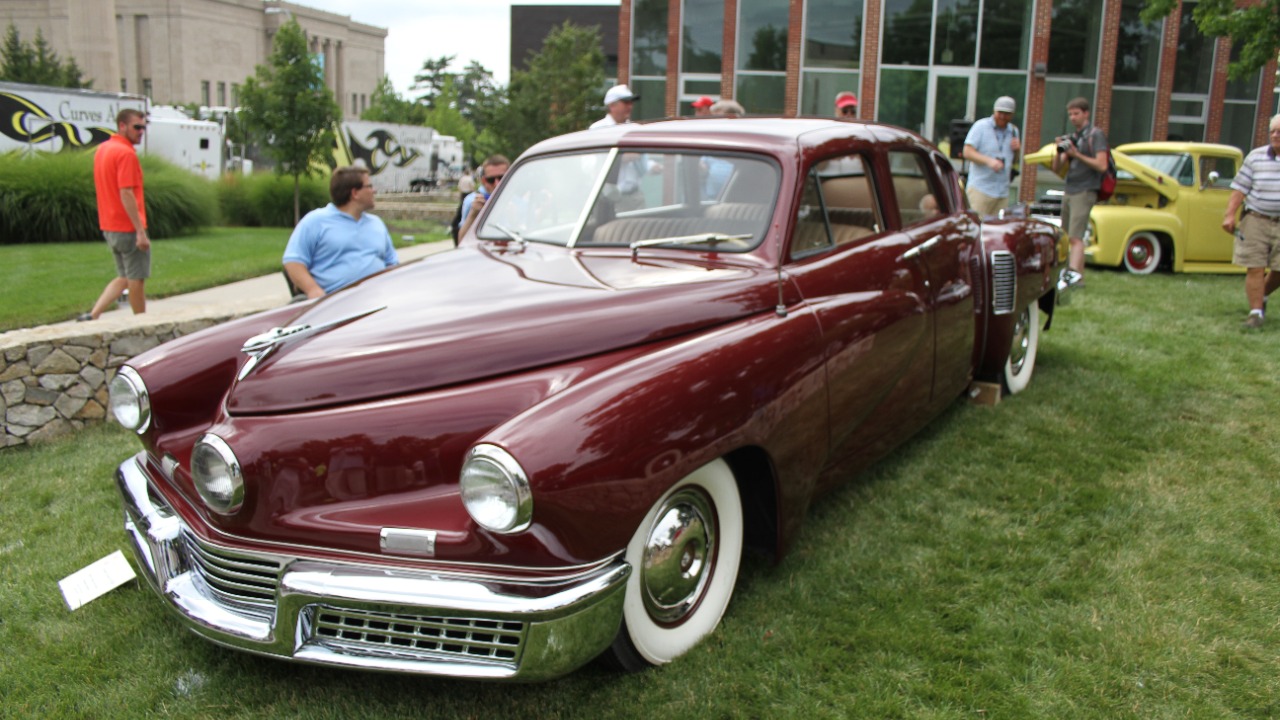
The Tucker 48, produced in 1948, was a marvel of engineering and ambition. Designed by Preston Tucker, this car boasted features that were revolutionary at the time, such as a rear-mounted engine, independent suspension, and a unique safety windshield that popped out upon impact. Only 51 units were produced before the company faced legal troubles and shut down.
Despite its short-lived production, the Tucker 48 remains a symbol of innovation. Its influence can be seen in the later development of safety features and aerodynamic designs.
Citroën DS
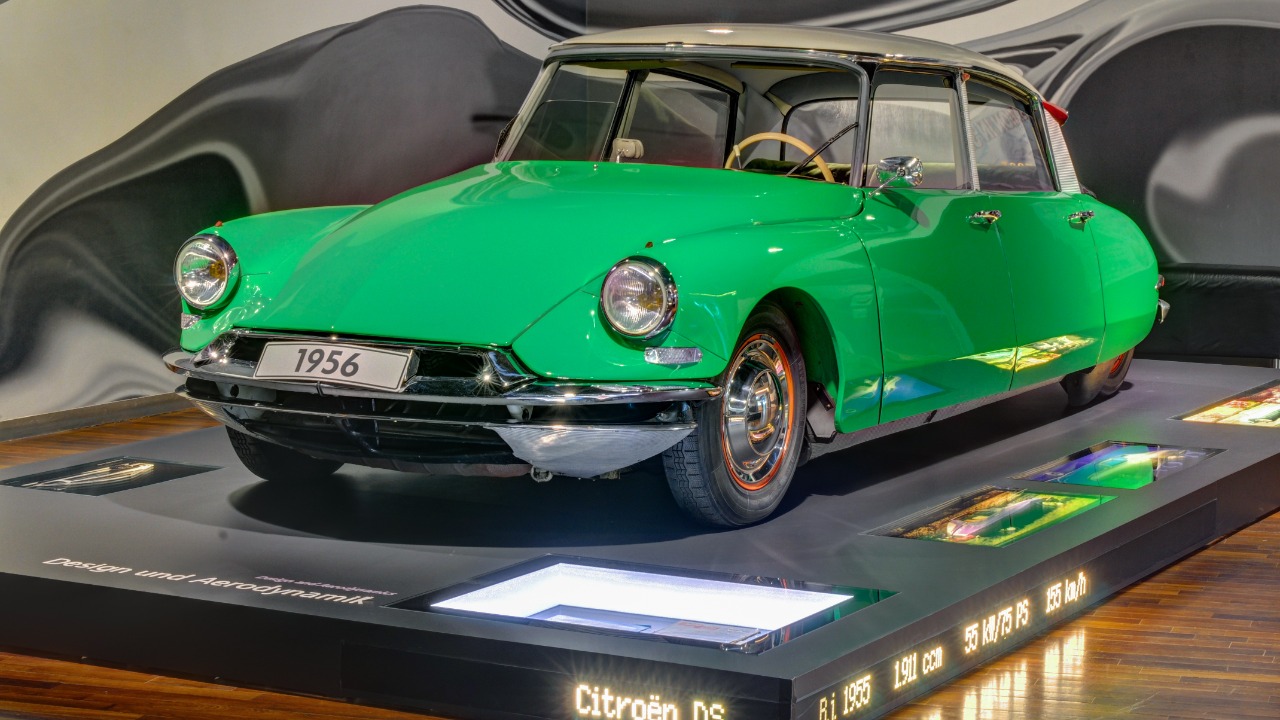
Launched in 1955, the Citroën DS was a pioneer in automotive design and technology. With its futuristic styling and advanced features like hydropneumatic suspension, the DS offered an unrivaled level of comfort and handling. The car’s innovative braking system and power steering were also ahead of their time.
The Citroën DS remained in production until 1975, influencing car design for decades. Its legacy is still celebrated today, and it serves as a reminder of what true innovation can achieve in the face of traditional design norms.
AMC Eagle
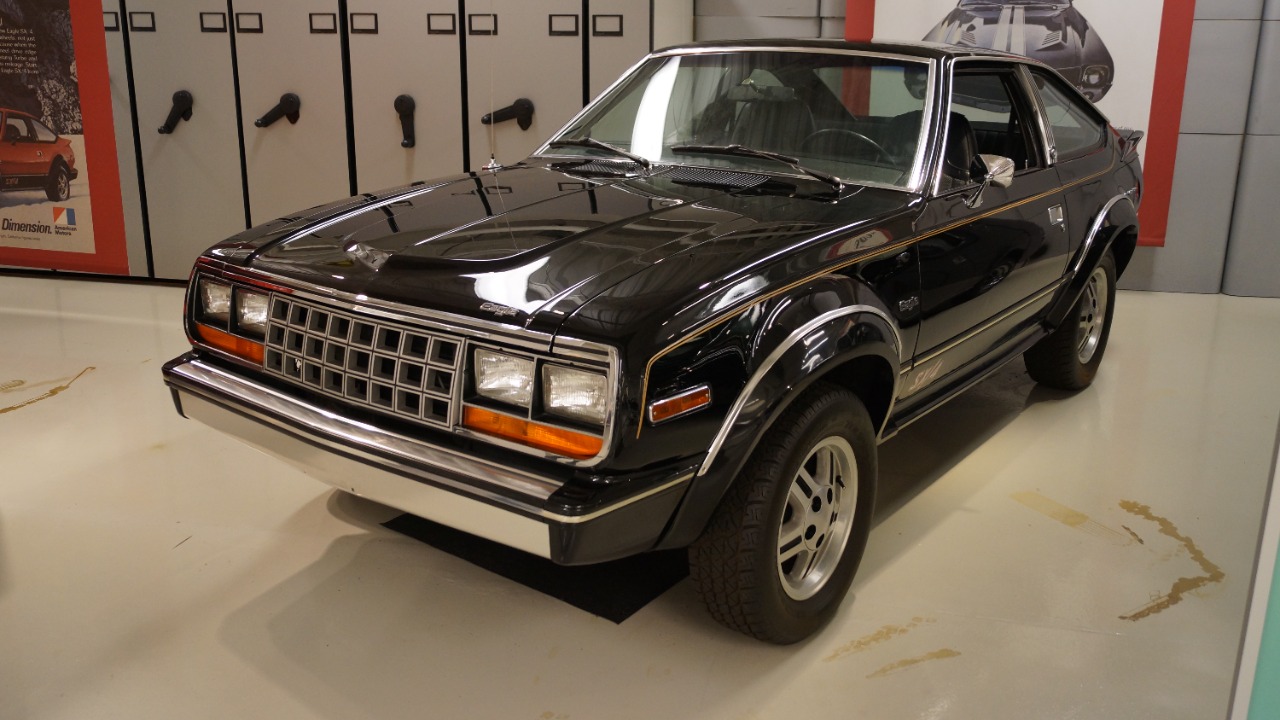
The AMC Eagle, introduced in 1979, was essentially the first crossover, a car built on a passenger vehicle platform with features of an off-road vehicle. It came with a full-time four-wheel-drive system, a novelty for passenger cars at the time, offering a unique blend of ruggedness and comfort.
Despite being a sales success, AMC struggled financially, and the Eagle was discontinued in 1987. The concept, however, laid the groundwork for today’s popular SUVs and crossovers. Learn more about other forgotten vehicles that were ahead of their time.
NSU Ro 80
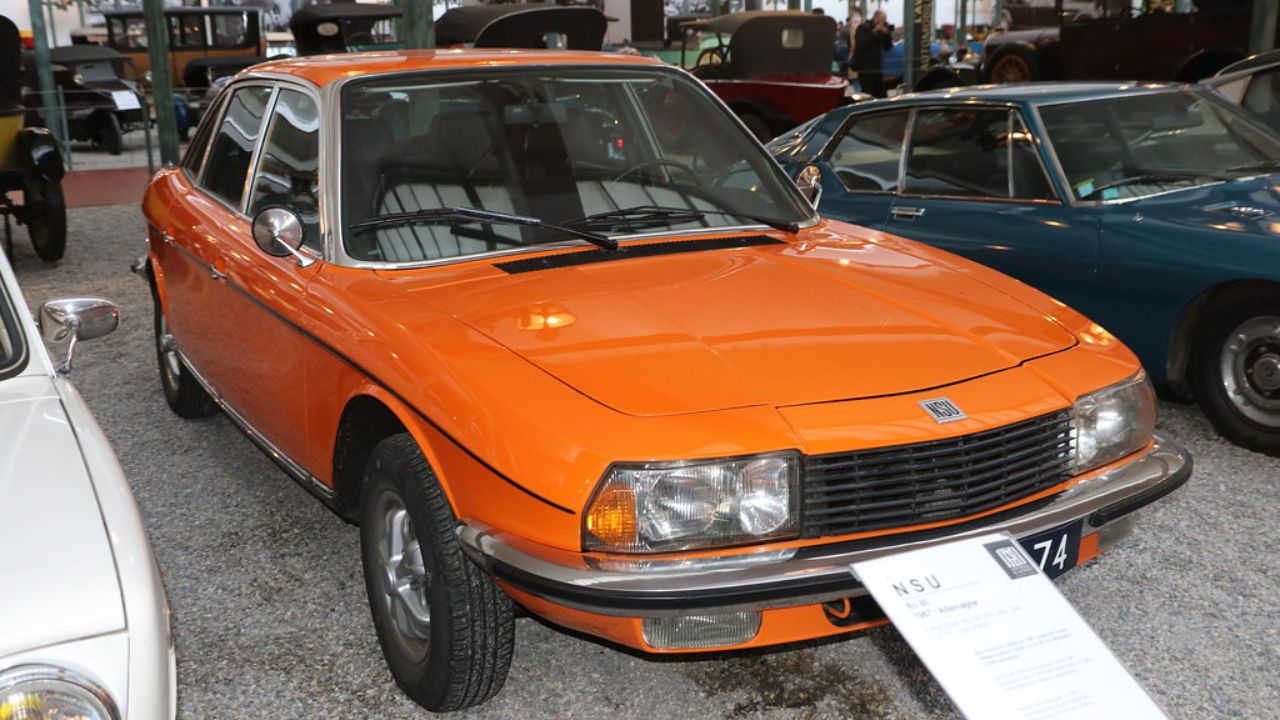
The NSU Ro 80, introduced in 1967, was a revolutionary sedan with a Wankel rotary engine and a remarkably modern design. Its sleek, aerodynamic shape and innovative engineering earned it the European Car of the Year award in 1968.
Unfortunately, mechanical issues with the rotary engine tarnished its reputation. Despite its engineering woes, the Ro 80’s influence on design and aerodynamics is undeniable, paving the way for sleeker, more efficient vehicles.
Mazda Cosmo
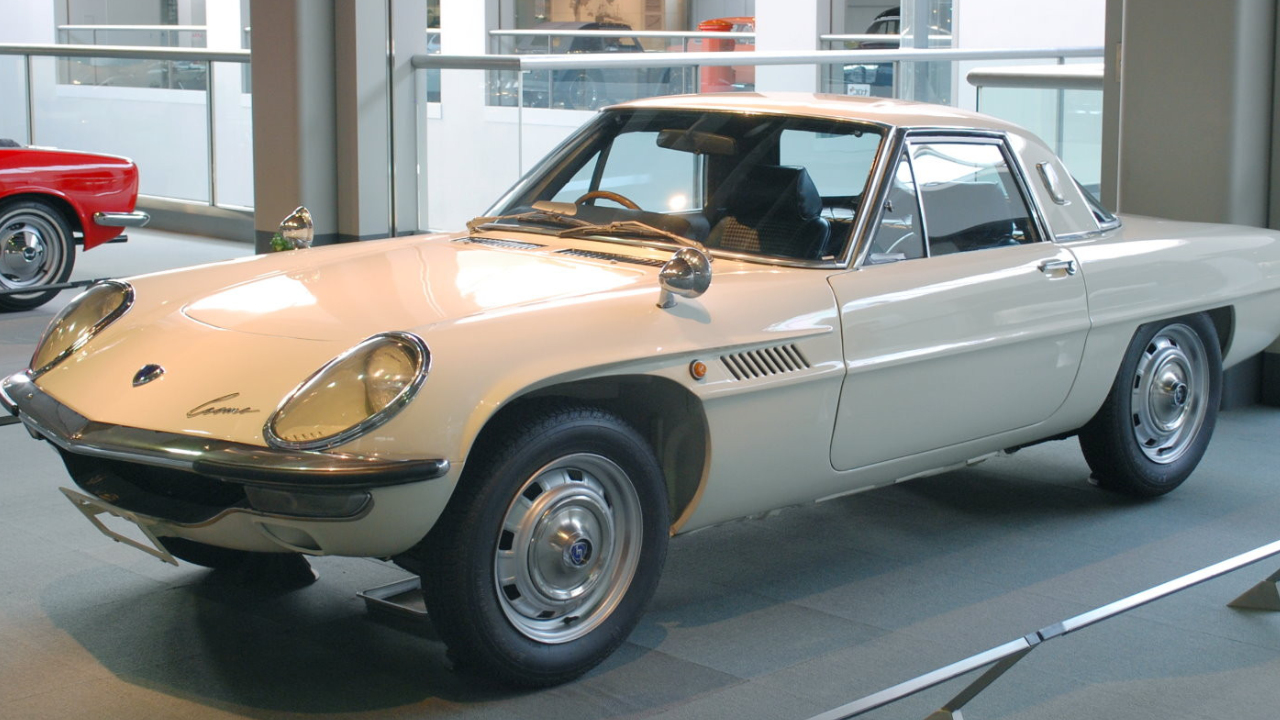
The Mazda Cosmo, first introduced in 1967, was the world’s first production car to feature a twin-rotor Wankel engine. Its rotary engine provided a smooth and high-revving performance, making it a unique offering in the sports car market.
Although it never achieved significant commercial success, the Cosmo established Mazda’s reputation for rotary engines, a legacy that continued with models like the RX-7 and RX-8. The Cosmo remains a classic example of engineering innovation.
DeLorean DMC-12
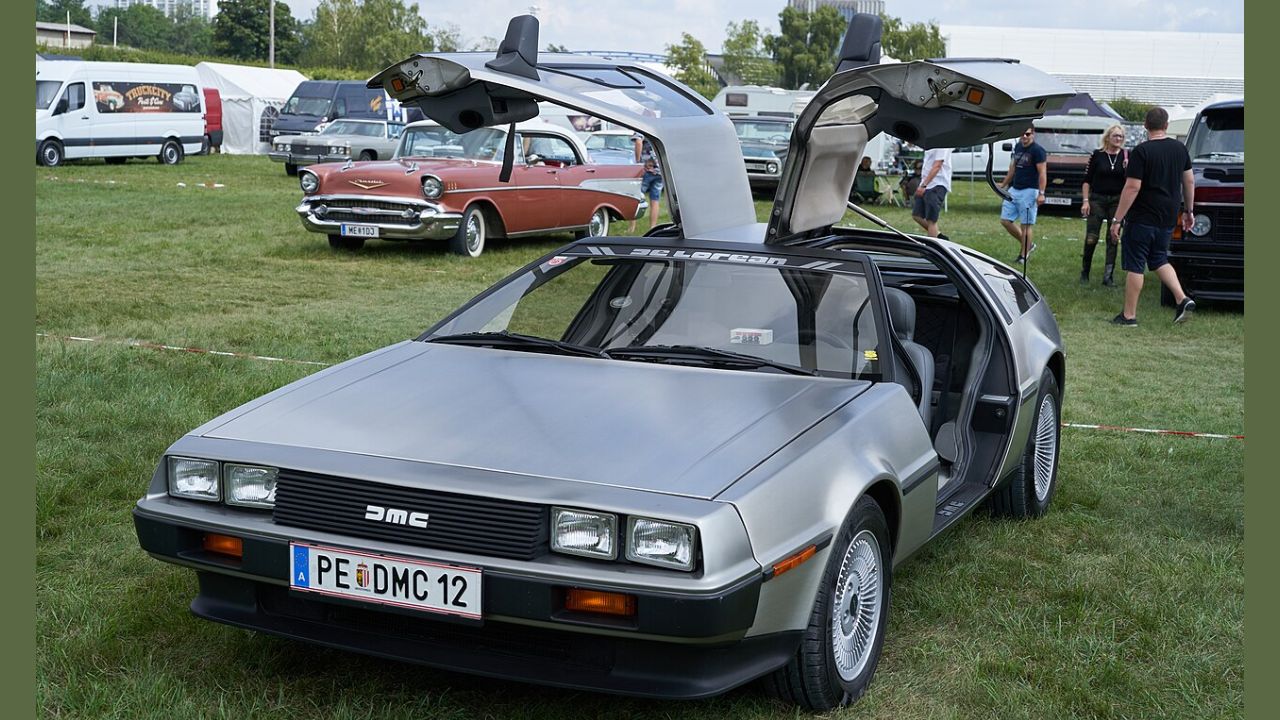
Known for its gull-wing doors and stainless-steel body, the DeLorean DMC-12 became iconic thanks to its role in the “Back to the Future” films. Debuting in 1981, the car’s futuristic design captured the imagination of many, even though its performance didn’t match its looks.
The DeLorean’s production was short-lived due to financial difficulties, but its cultural impact is undeniable. It remains a symbol of 1980s innovation and style, embodying the era’s bold design ethos.
GM EV1
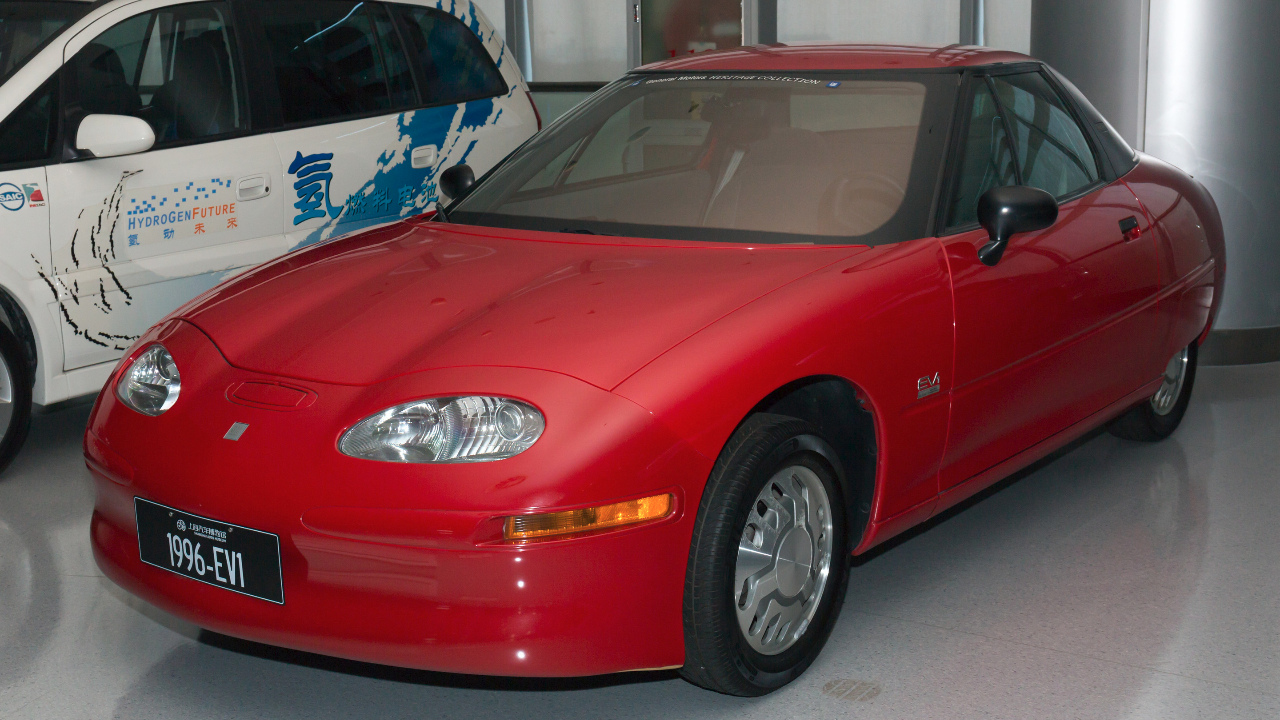
The GM EV1, launched in 1996, was the first mass-produced electric car of the modern era. It featured a sleek, aerodynamic design and an electric drivetrain that offered a glimpse into the future of automotive technology.
Despite positive reviews, the EV1 was discontinued in 2003, and most units were destroyed, sparking controversy. The EV1 laid the groundwork for today’s electric vehicle revolution, influencing current electric models worldwide.
Subaru SVX
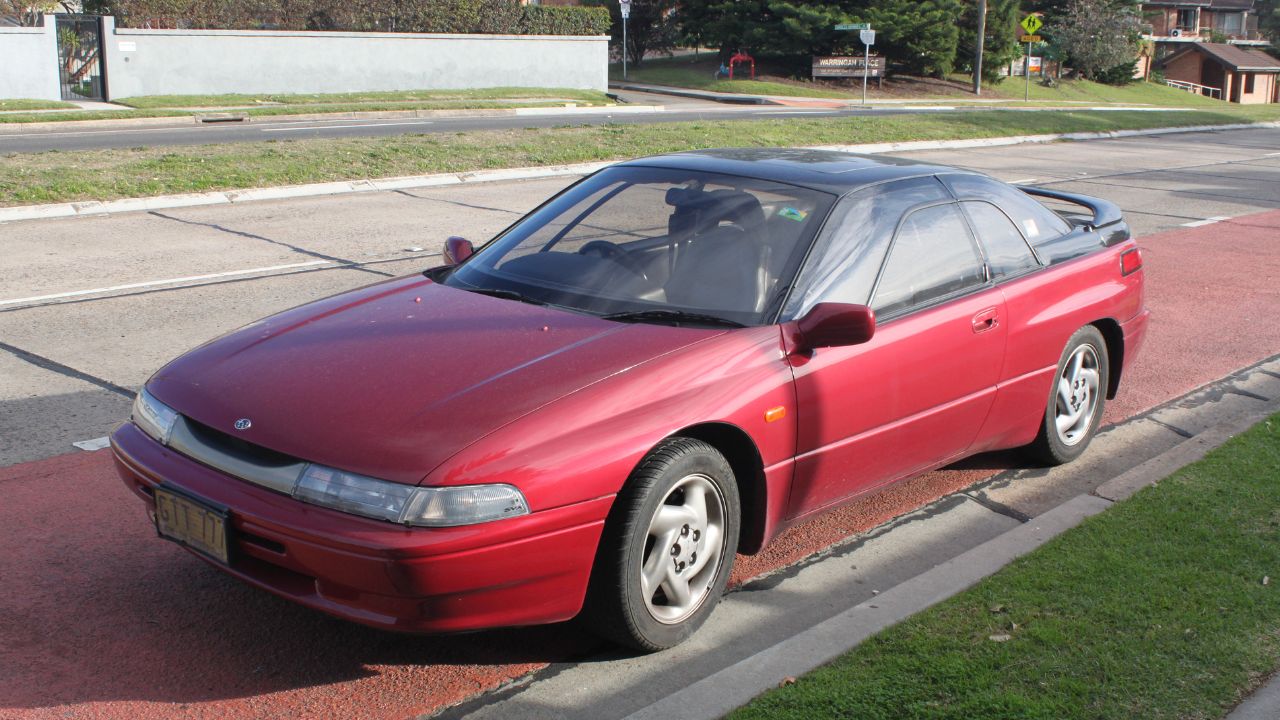
The Subaru SVX, introduced in 1991, was a bold departure from Subaru’s typical offerings. Designed by Giorgetto Giugiaro, the SVX featured unique window-within-a-window styling and a powerful flat-six engine.
While it didn’t achieve commercial success, the SVX showcased Subaru’s willingness to push design boundaries. Its advanced all-wheel-drive system and sleek design continue to influence Subaru’s modern lineup.
Chrysler Turbine Car
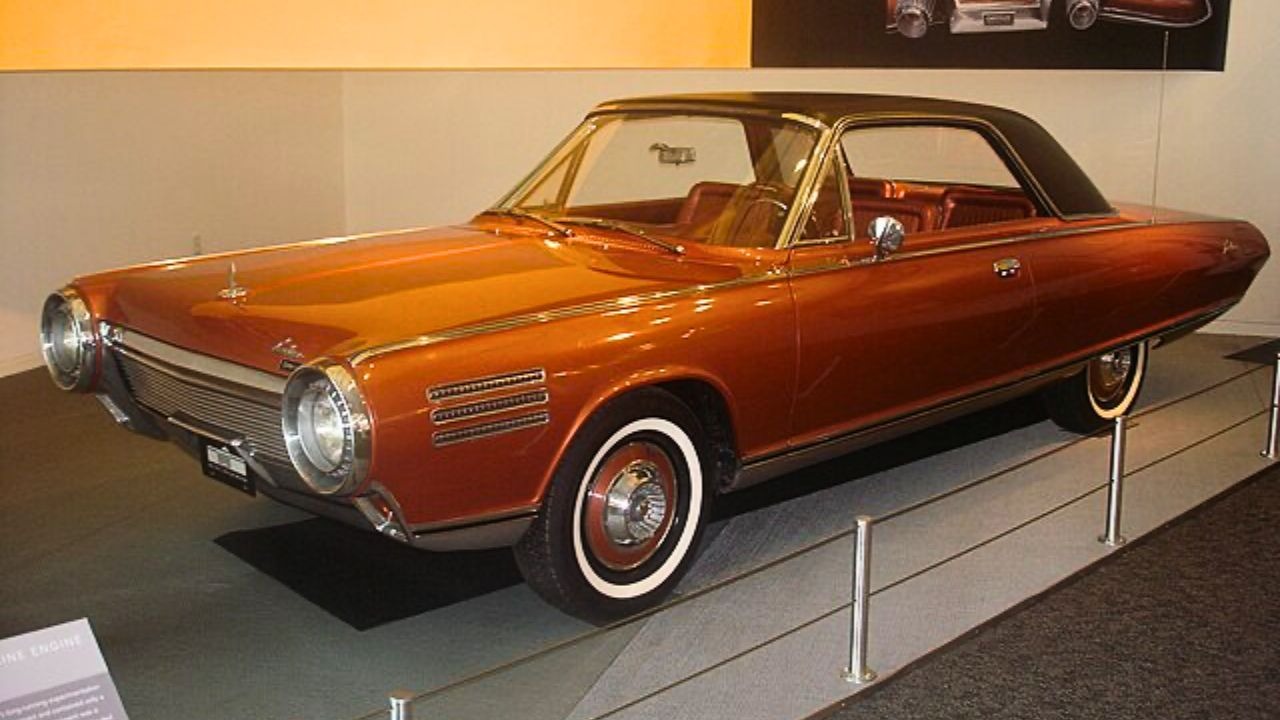
In the 1960s, Chrysler experimented with a turbine engine car, producing 55 prototypes known as the Chrysler Turbine Car. This vehicle could run on various fuels and featured a jet-like engine, offering a smooth and powerful ride.
However, the high cost of production and technical challenges prevented mass production. The Turbine Car remains a fascinating chapter in automotive history, illustrating the potential of alternative propulsion technologies.
Lancia Stratos
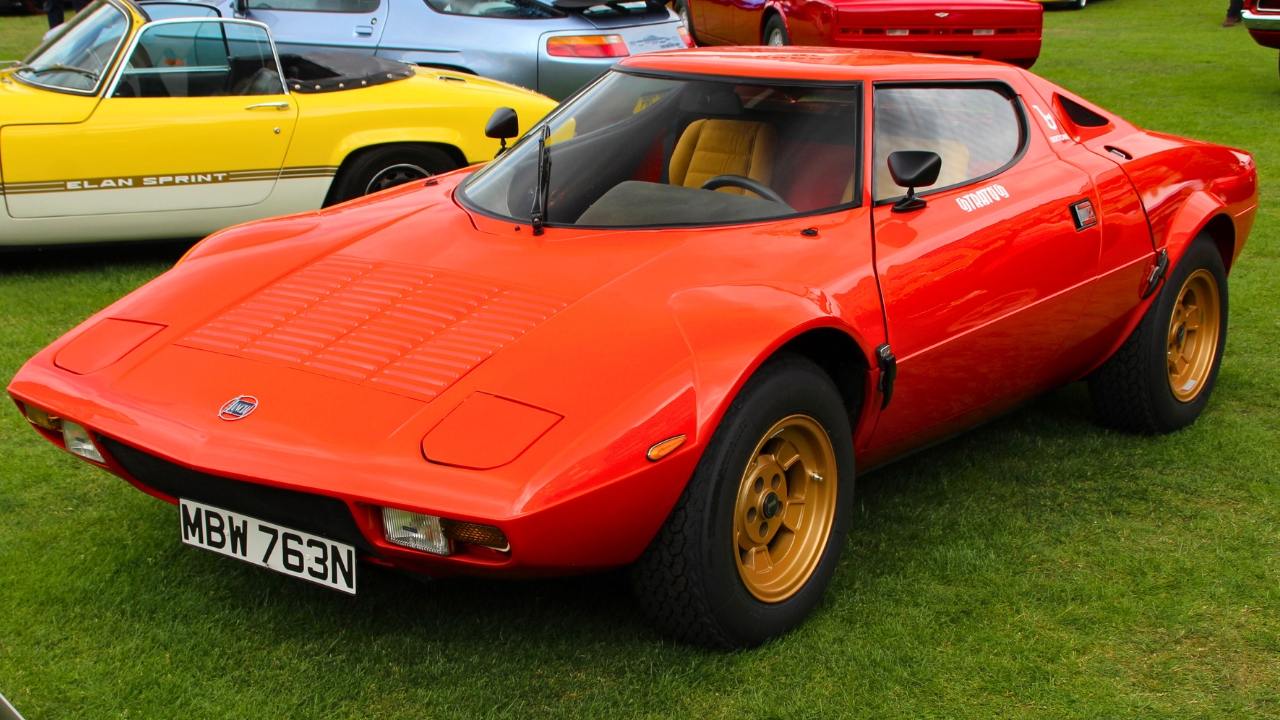
The Lancia Stratos, launched in the early 1970s, was a purpose-built rally car that dominated the World Rally Championship. Its mid-engine layout, lightweight design, and stunning Bertone styling made it a formidable competitor.
Despite its rally success, only a limited number of road cars were produced. The Stratos remains a legend in motorsport, influencing the design of rally cars for years to come.
Saab 900 Turbo
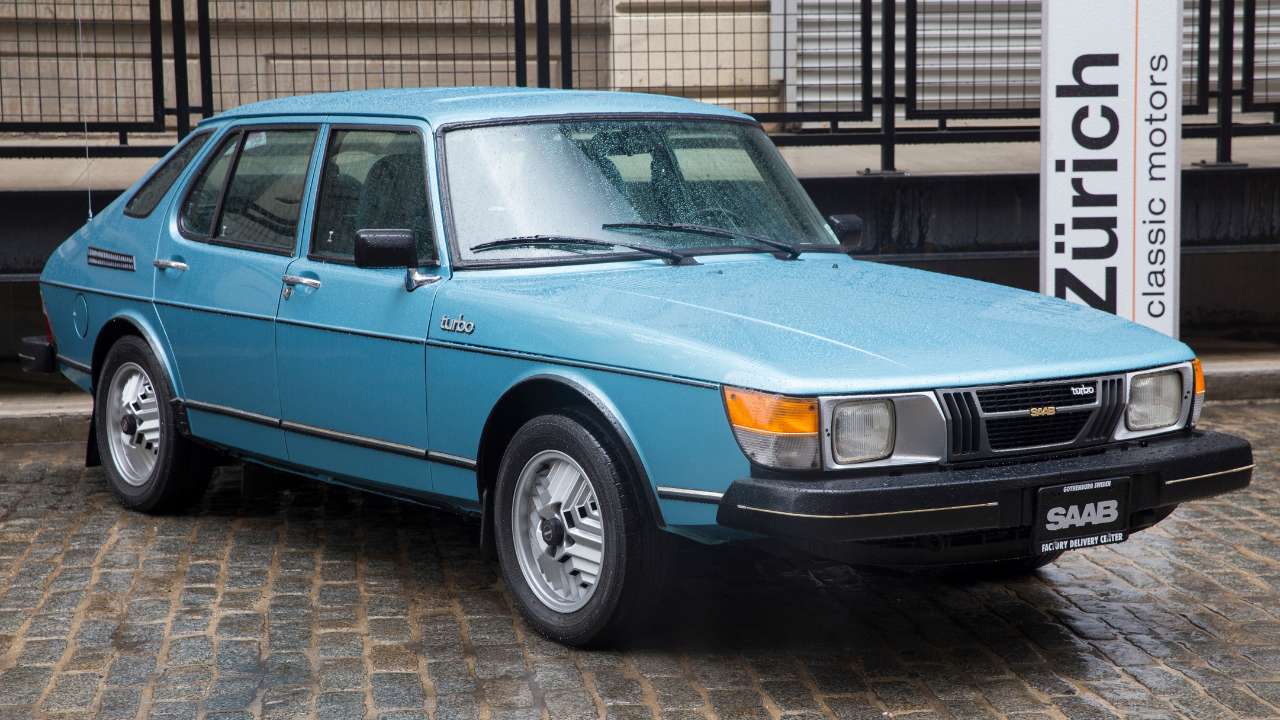
The Saab 900 Turbo, introduced in 1978, was one of the first production cars to feature a turbocharged engine. Its innovative design and performance set it apart from competitors, offering a unique blend of practicality and power.
The 900 Turbo’s success helped popularize turbocharging, a technology now commonplace in the automotive industry. Its distinctive design and engineering continue to influence modern cars, showcasing Saab’s legacy of innovation.
BMW Z1
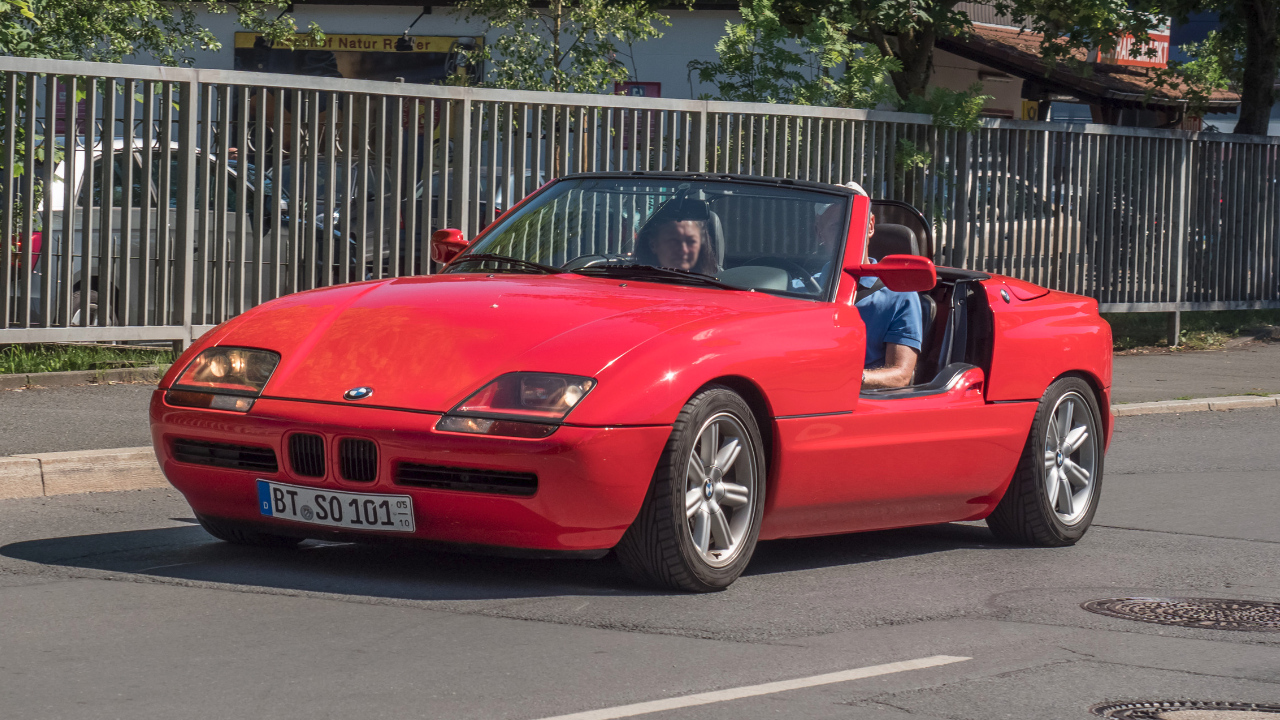
The BMW Z1, introduced in 1989, was a limited-production roadster featuring innovative design elements such as retractable doors and a plastic body. Its unique construction allowed for easy panel replacement and customization.
Though only 8,000 units were produced, the Z1’s engineering innovations influenced future BMW models and showcased the potential of unconventional design.
Like Fast Lane Only’s content? Be sure to follow us.
Here’s more from us:
*Created with AI assistance and editor review.

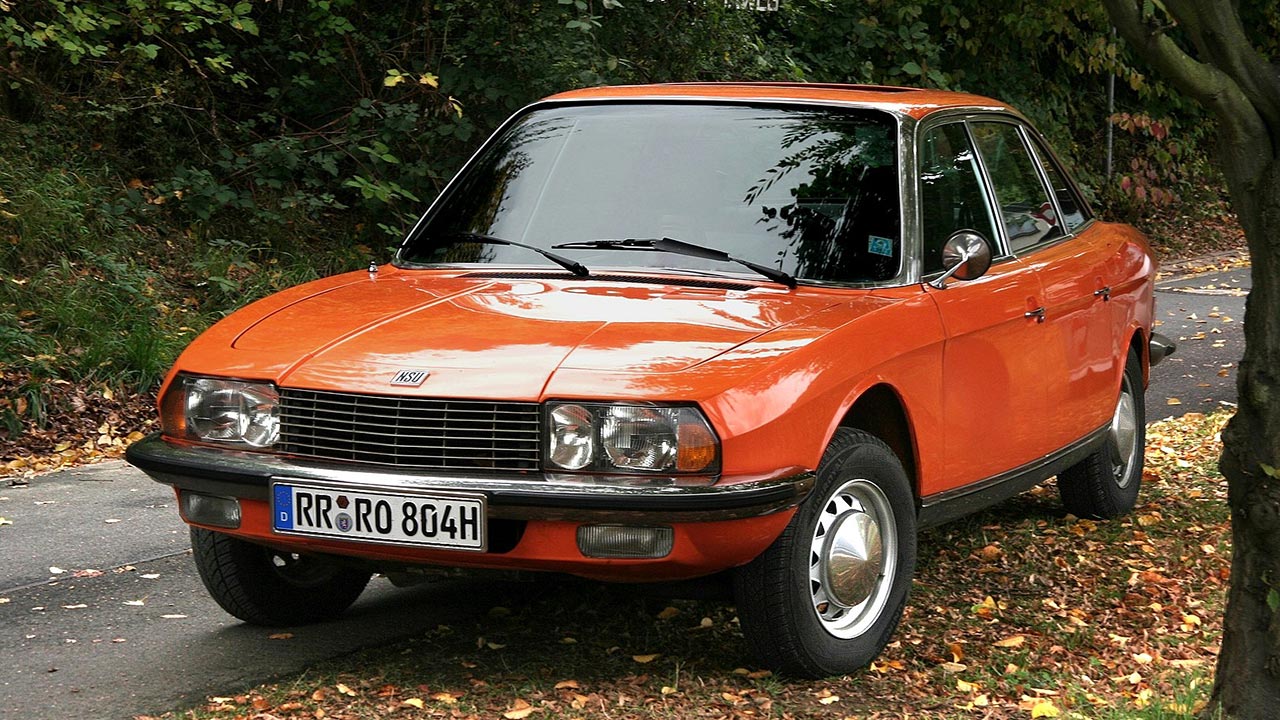

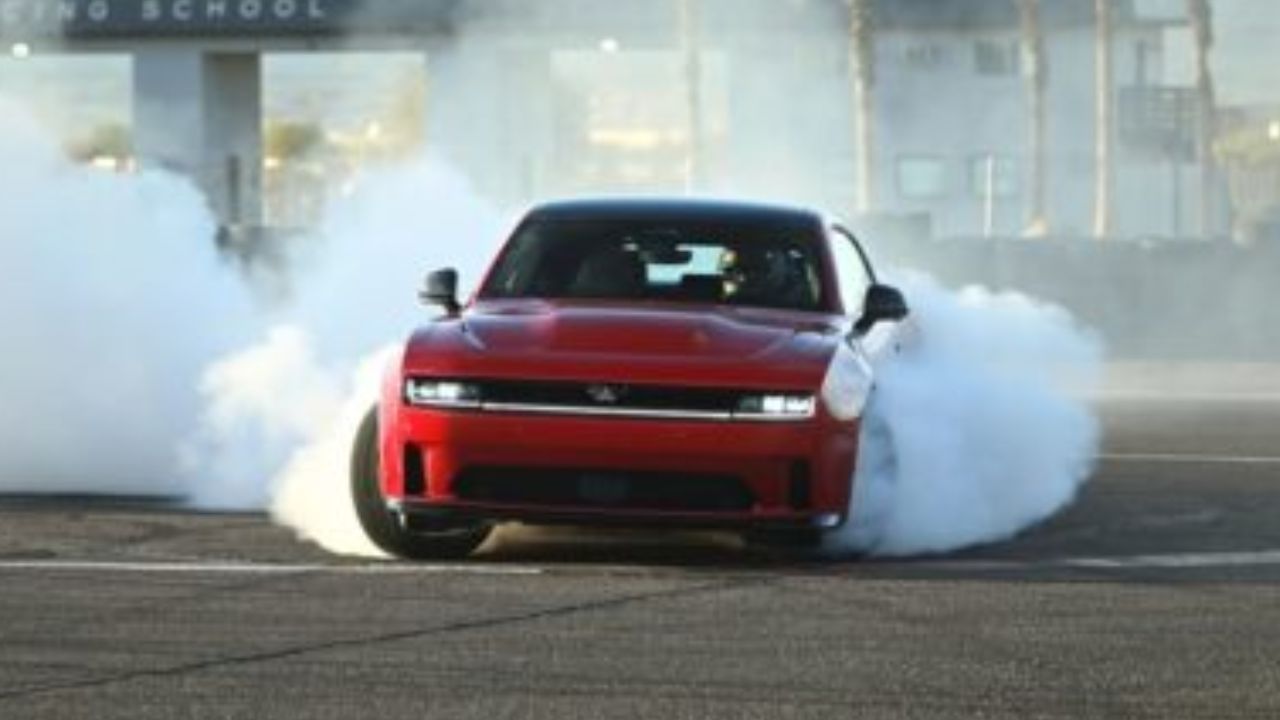
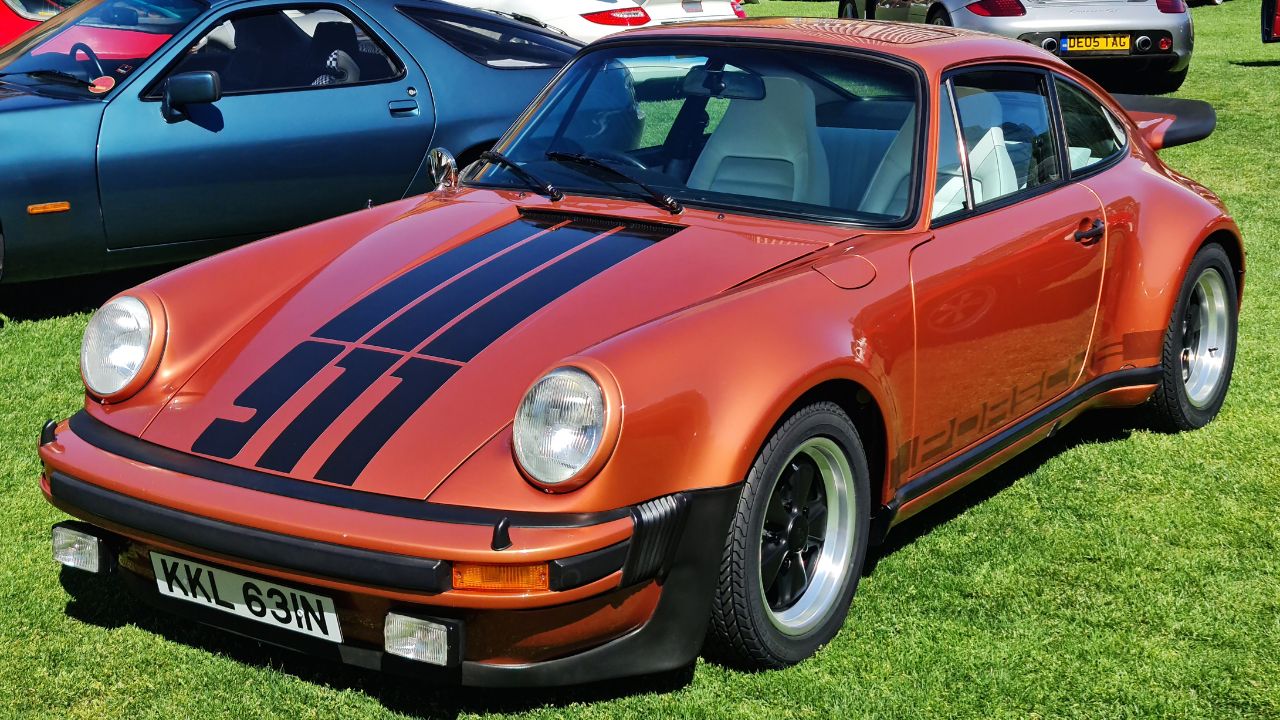
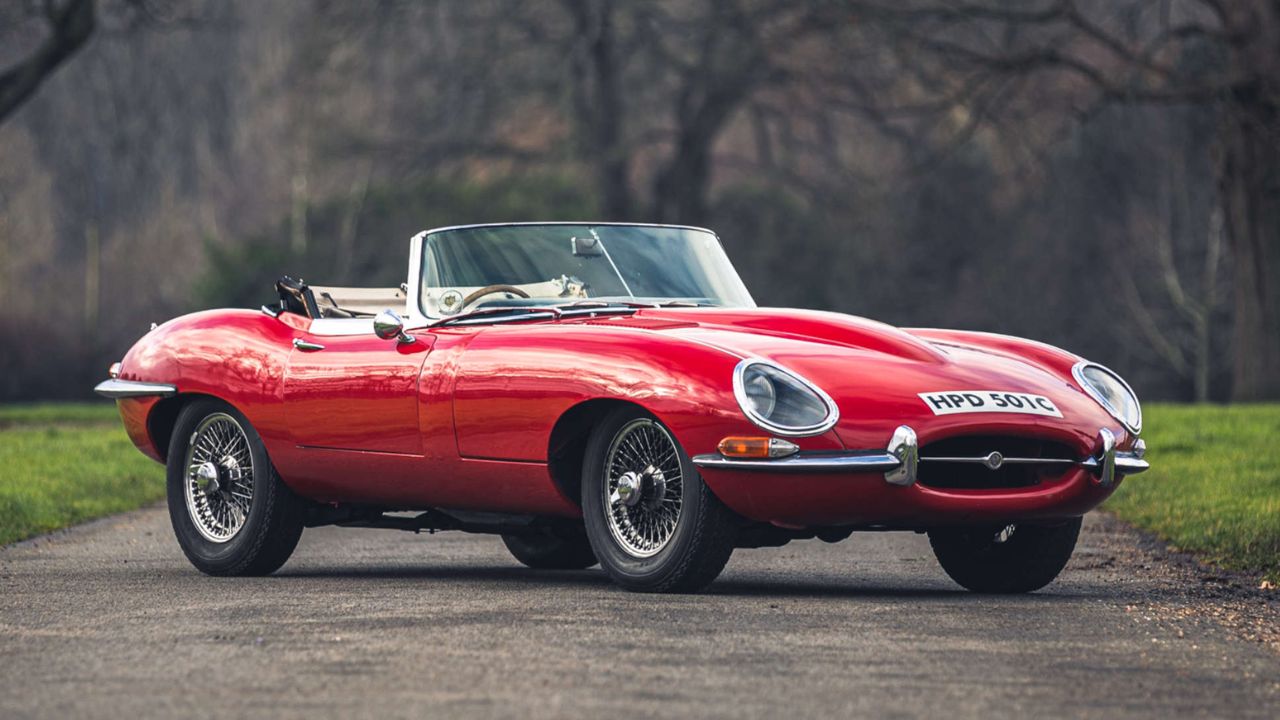
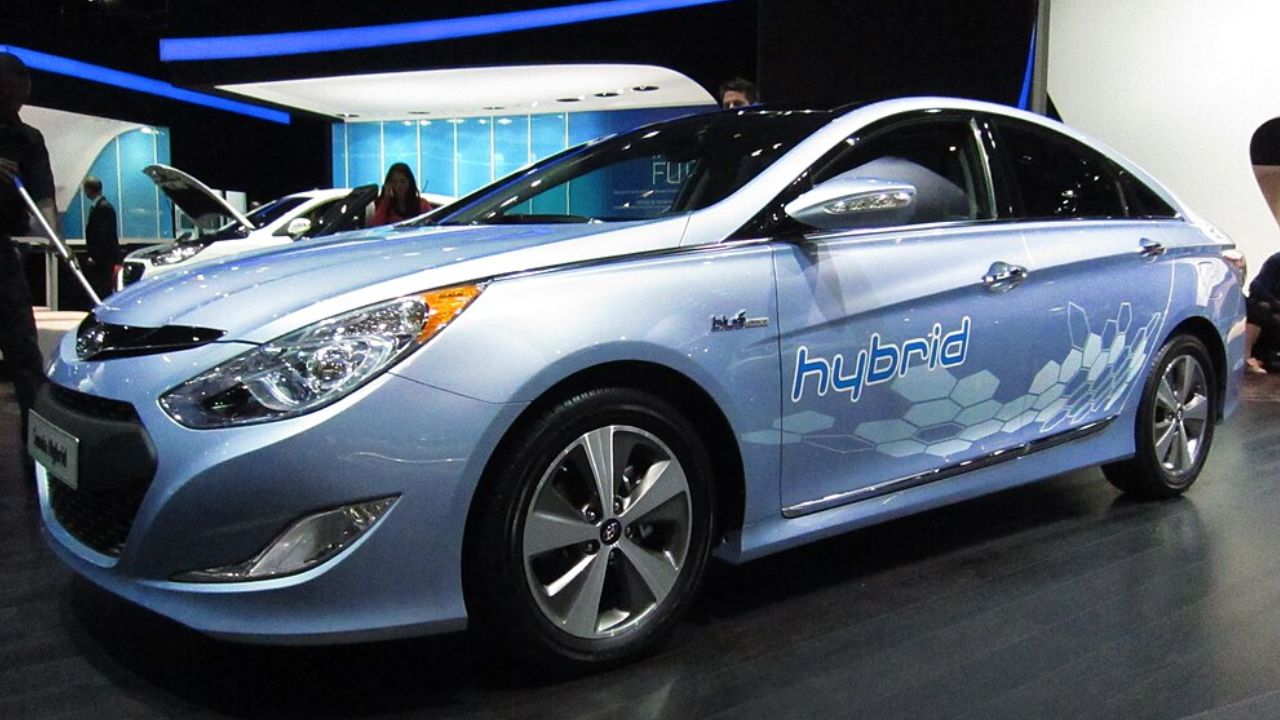
Leave a Reply